








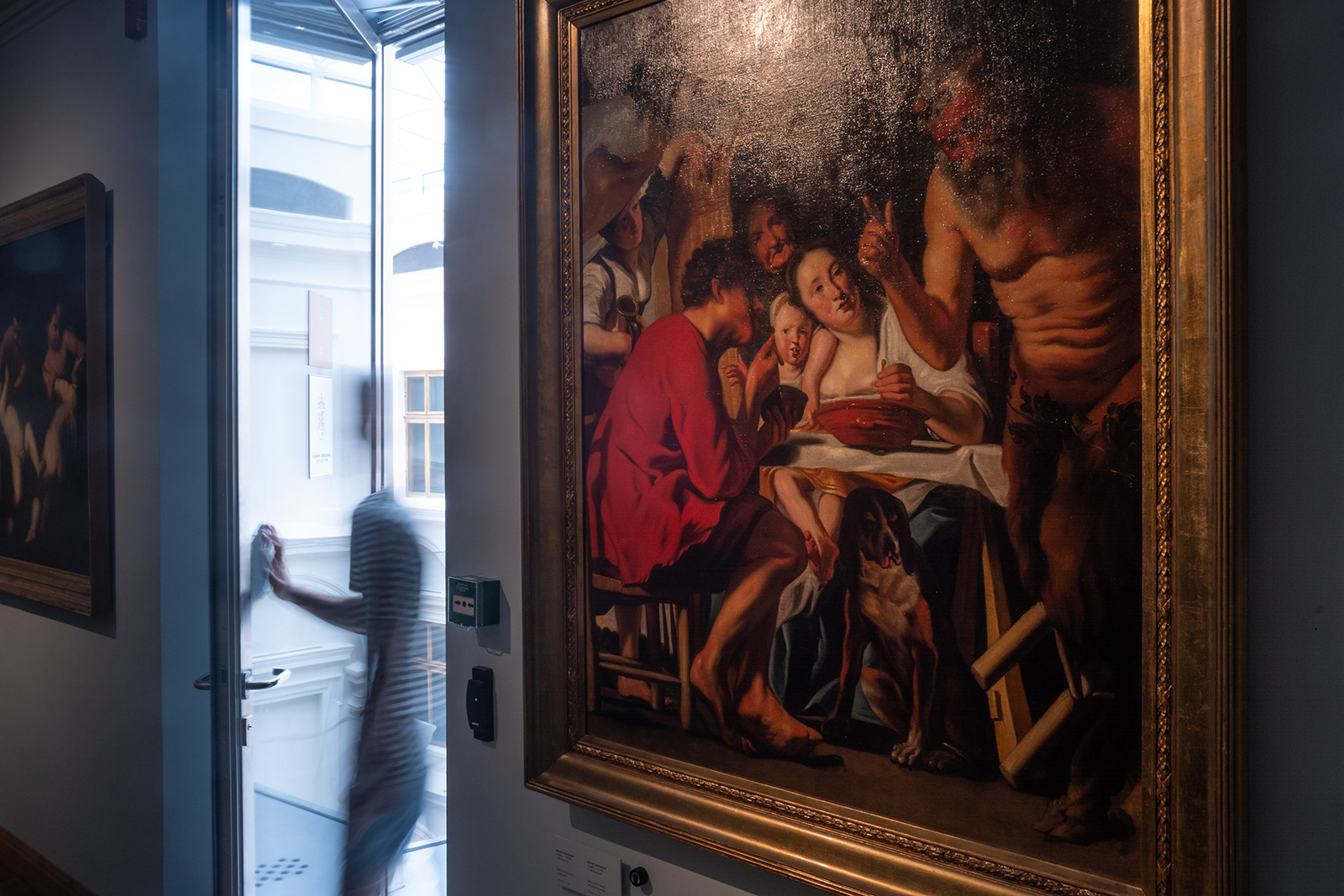











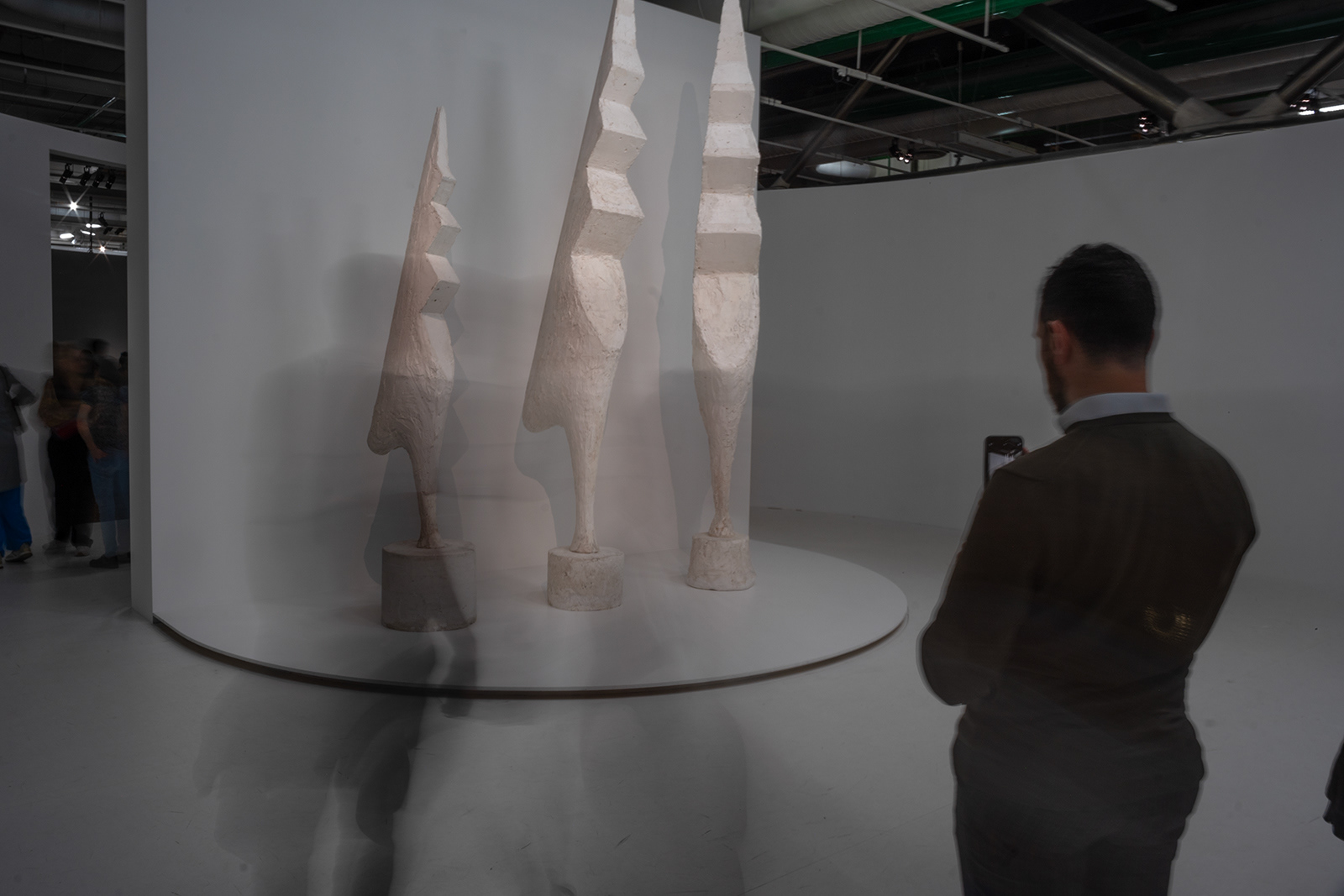








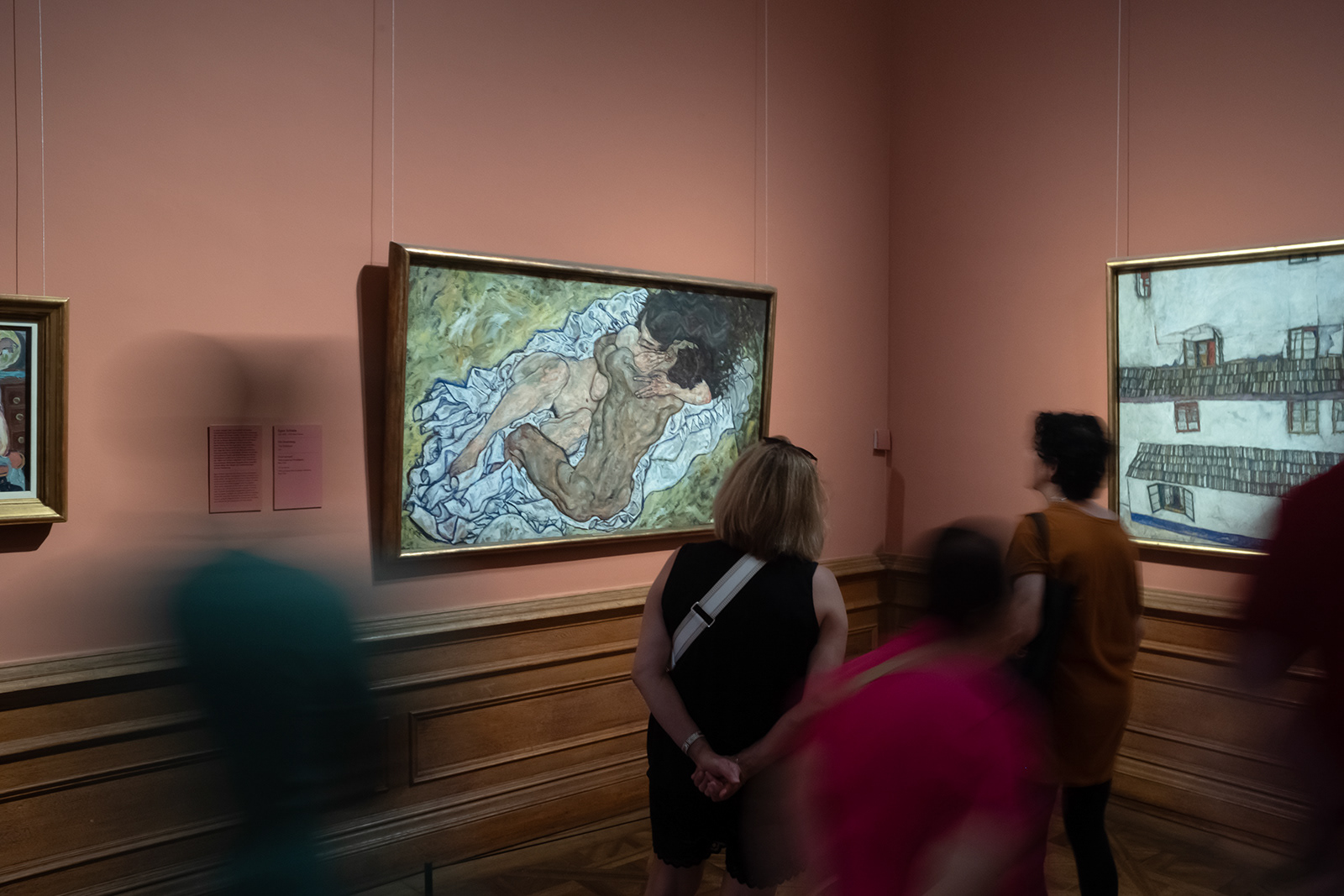



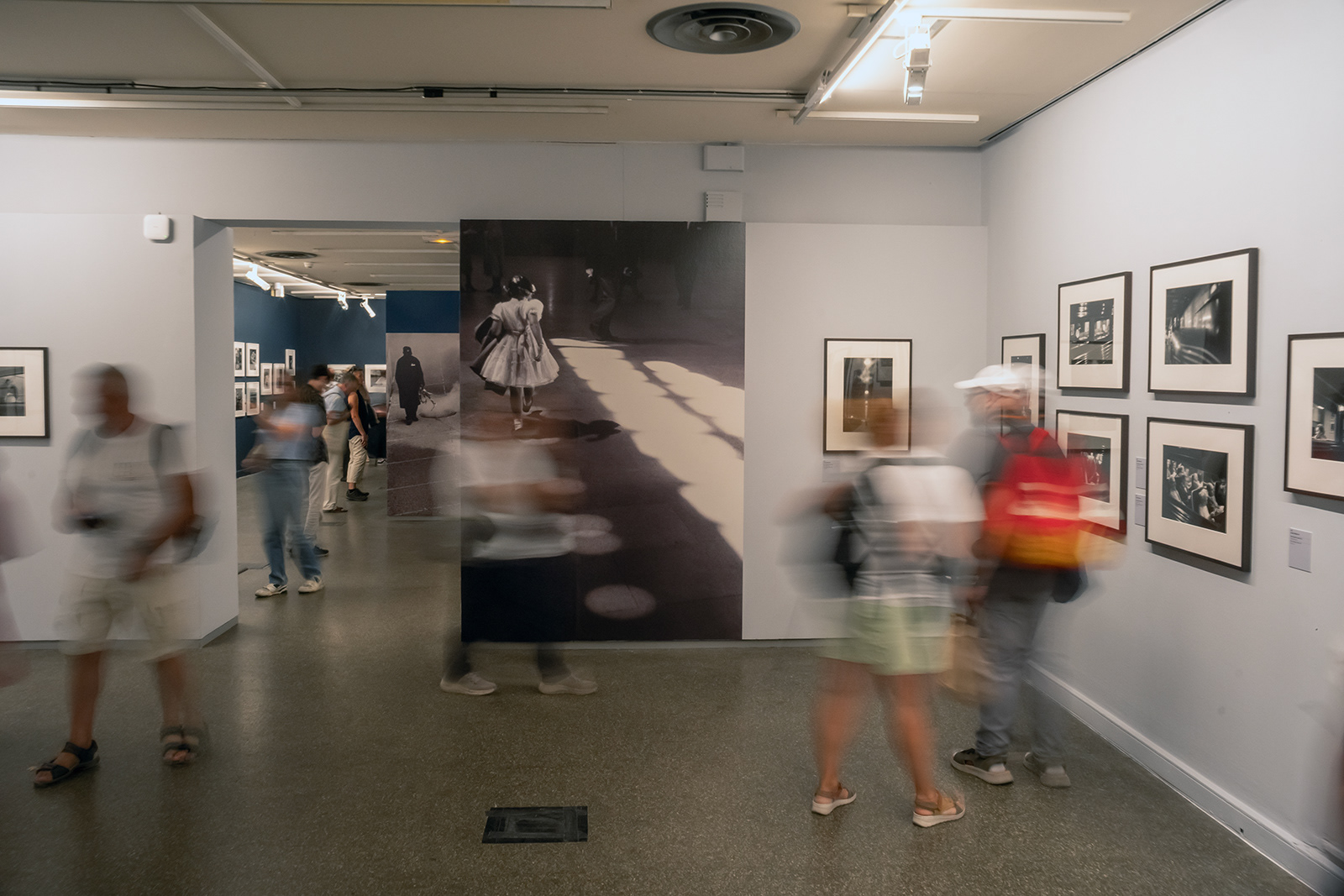



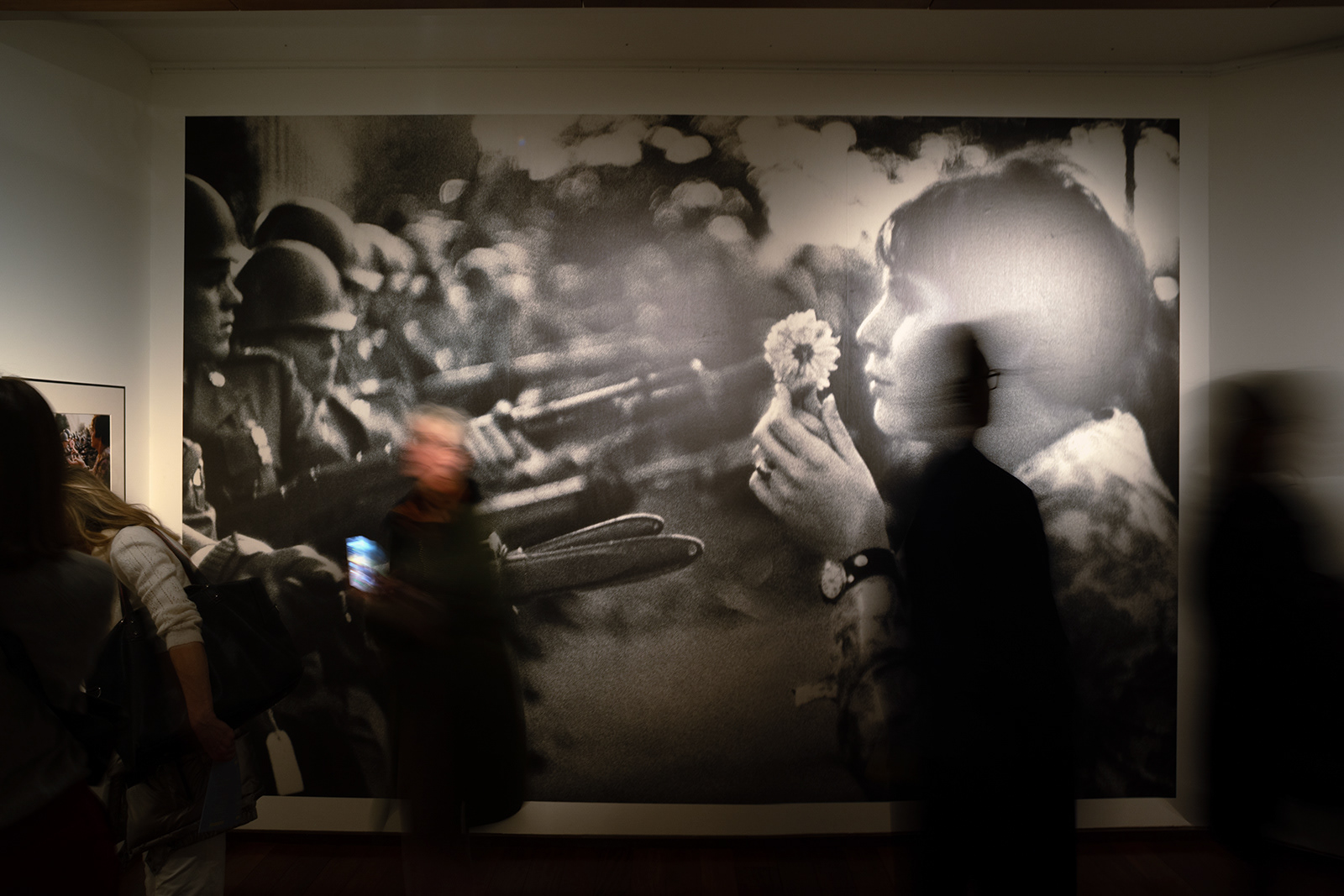
The well-known phrase "ars longa, vita breva" is a Latin translation of the beginning of an aphorism by the ancient Greek physician Hippocrites, "O βίος βραχύς, ἡ δὲ τέχνη μακρή," ("Ho bíos brakhús, hē dè tékhnē makrḗ"), meaning roughly, "Life is brief, and skill takes time." The aphorism continues: "...and opportunity is fleeting, necessary experiments are perilous, and judgment difficult." For Hippocrites, the proximate topic is medicine, doctoring—or healing, which might explain Geoffrey Chaucer's adoption of it for his fourteenth-century text, The Parliament of Fowls, a dream-vision about the nature of love, whose opening lines are: "The lyf so short, the craft so long to lerne / Th'assay so hard, so sharp the conquering."
The Latin use of the term "ars"—the origin of the English word "art"—for the Greek "tékhnē" unspools other meanings. Inasmuch as art is distinct from technique, "ars longa, vita breva" comes to mean "Art is long, and life is short," or alternately, "Life is fleeting, but art persists," or perhaps "Art endures where life cannot." If the world is a thing of change and the self is a situation of momentariness within it, there may be some consolation in the notion that art outlasts us. Time seems the aphorism's deep preoccupation, and if so, I can ask: does the saying finally simply name time's chameleon-like character? Time: somehow it contains the works that outlive us, and yet does not exist at all except in dependence on creatures who experience its passage—beings of transience and sentience mixed almost equally, as with us. We keep asking: do our works deliver us to some future beyond death, or is it precisely the feeling of our own aliveness in the future-indifferent present that infuses time with the capacity for promise at all, girding time in its task of carrying death unburdened toward some greater continuingness?
The aphorism surely suffers as acts of interpretation tangle its meanings. Perhaps it suffers less if met in silence—or so it has seemed to me in the last year, while contemplating works of art in Paris, Vienna, Kraków, Arles, Boston, Philadelphia, New York, San Francisco, and other places. At certain moments in the museums of these cities, the aphorism came to mind and I was moved to photograph, using long exposure, a certain type of "long technique." To handhold an exposure for up to a second for the sake of a semi-predictable mixture of sharpness and unsharpness is only possible because of the technology of in-body image stabilization, a quiet form of artificial intelligence. In this sense, these photographs push "straight" photography into the paradoxical hold of impermanence, in keeping with several such experiments of mine from recent years.
The resulting images do not very much reflect what it was for me to enter into the interior of the works that moved me, or to have had them enter my own interiority. But I am struck at the ways these photographs stage an encounter between "art" and "life," each with its claims to transience and duration. I would like to think that such an encounter might roll the aphorism forward in time and experience, if just a little.
Paris, 2026